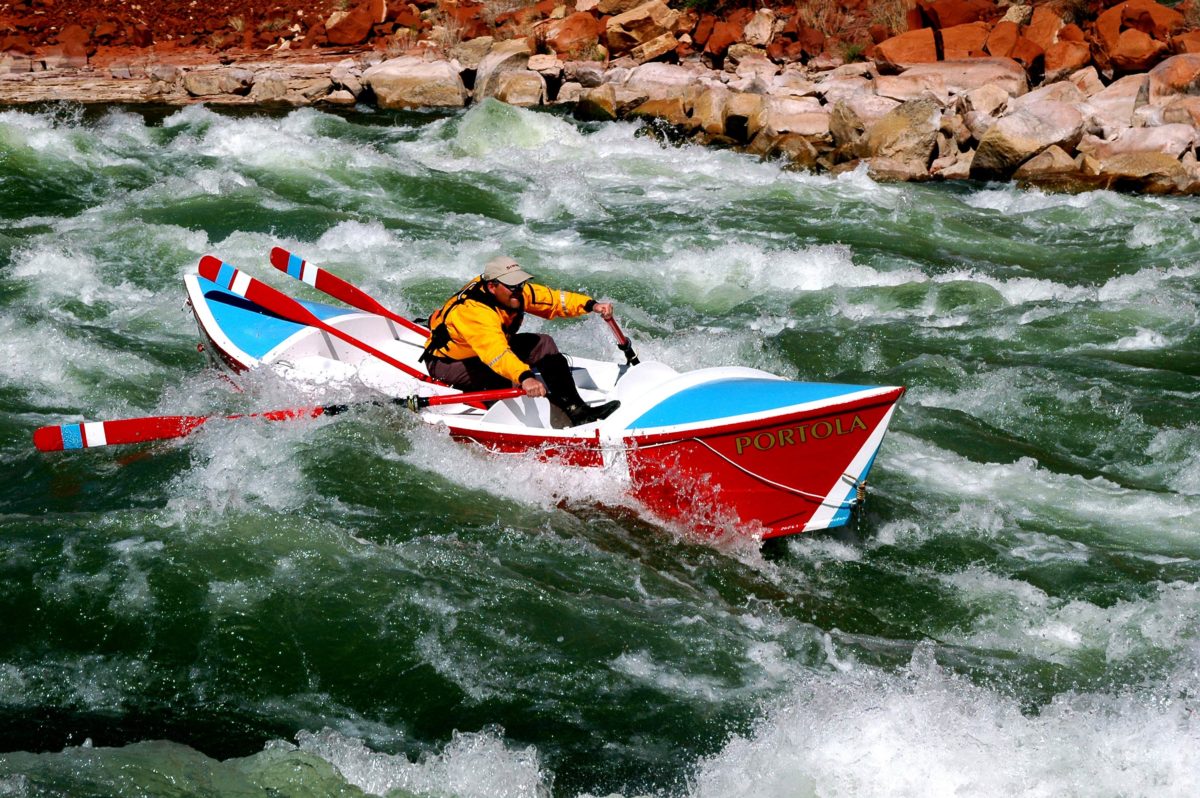
January 2015
Dories in the Canyon
Honoring the boats and the men who saved the Grand Canyon

January 2015
Honoring the boats and the men who saved the Grand Canyon
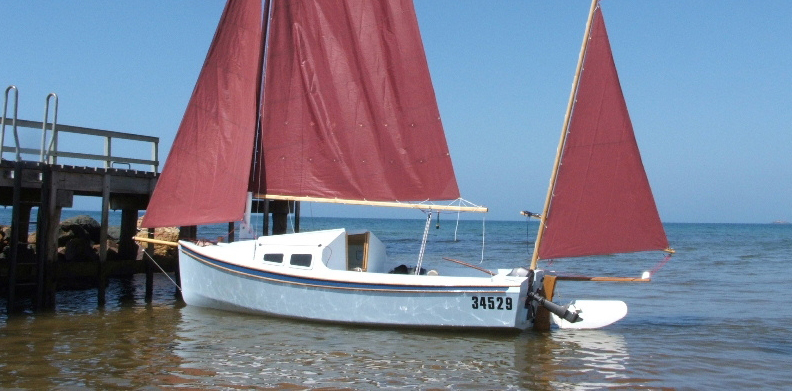
January 2015
A Lightweight Cruiser/Racer
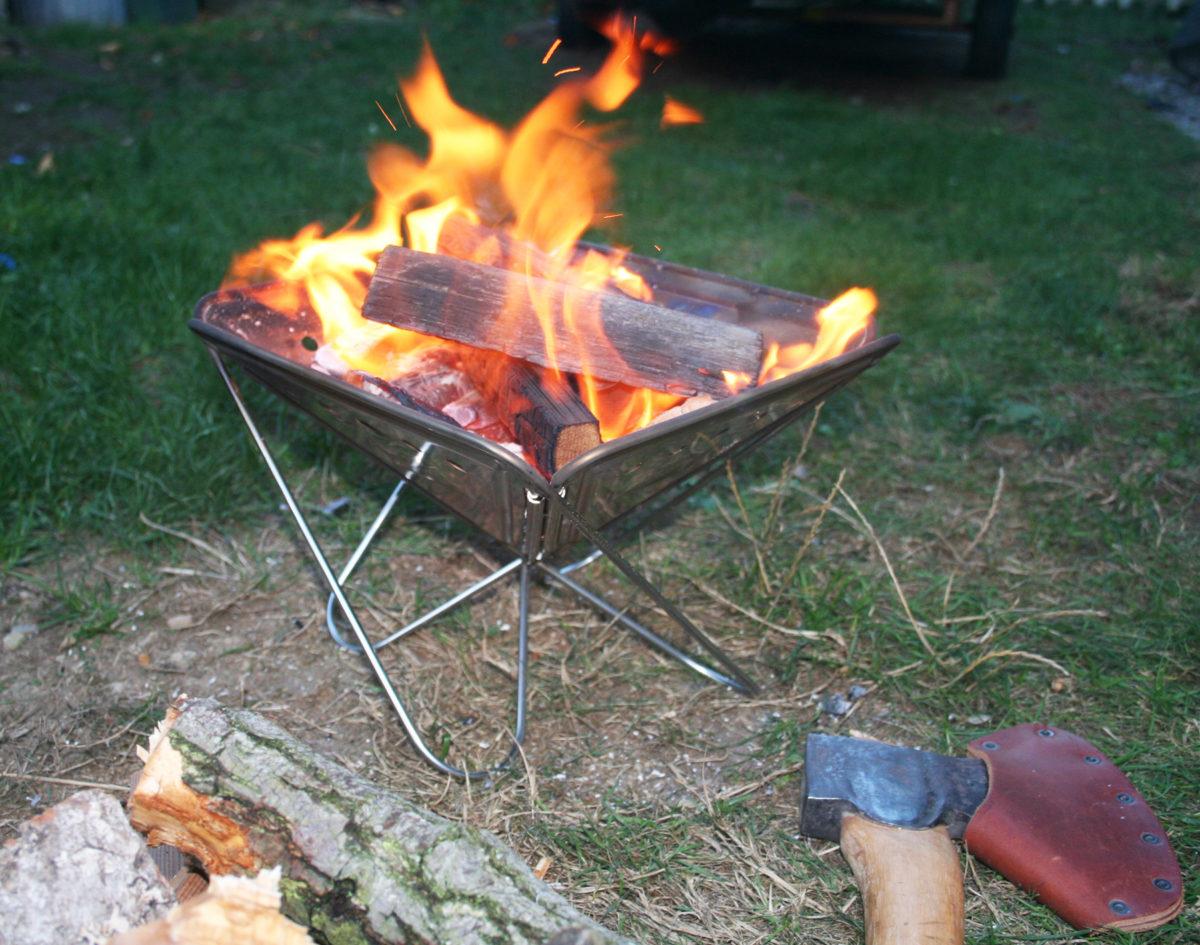
December 2014
SnowPeak’s Pack &Carry Fireplace
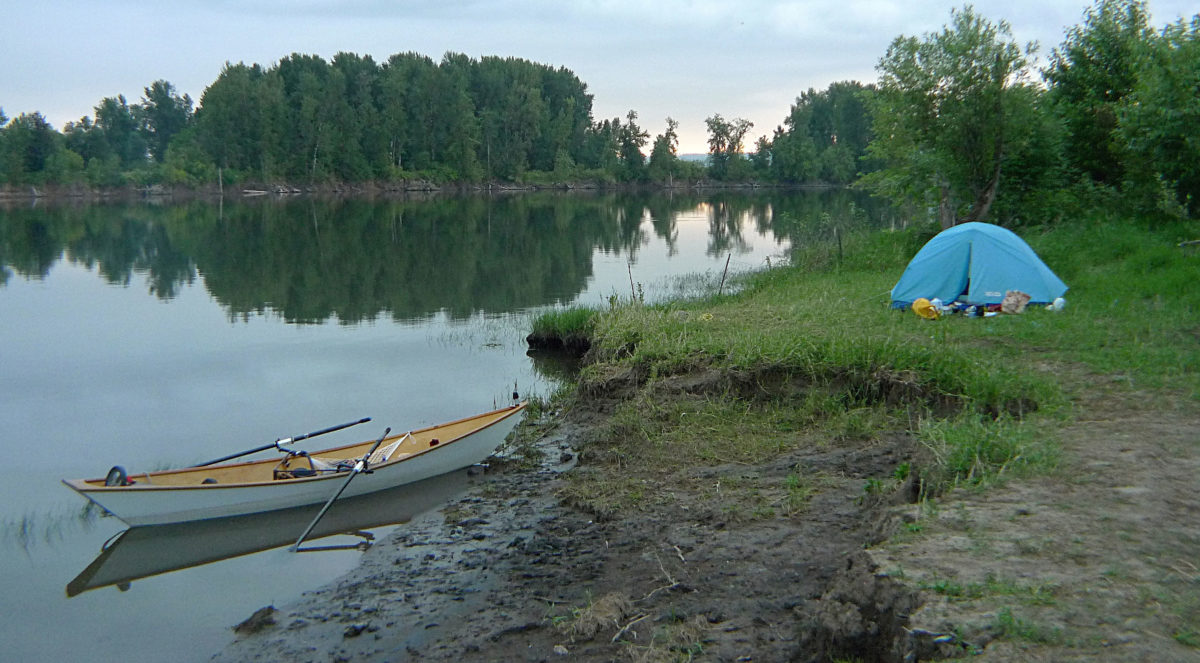
December 2014
Seeking serenity on a busy river
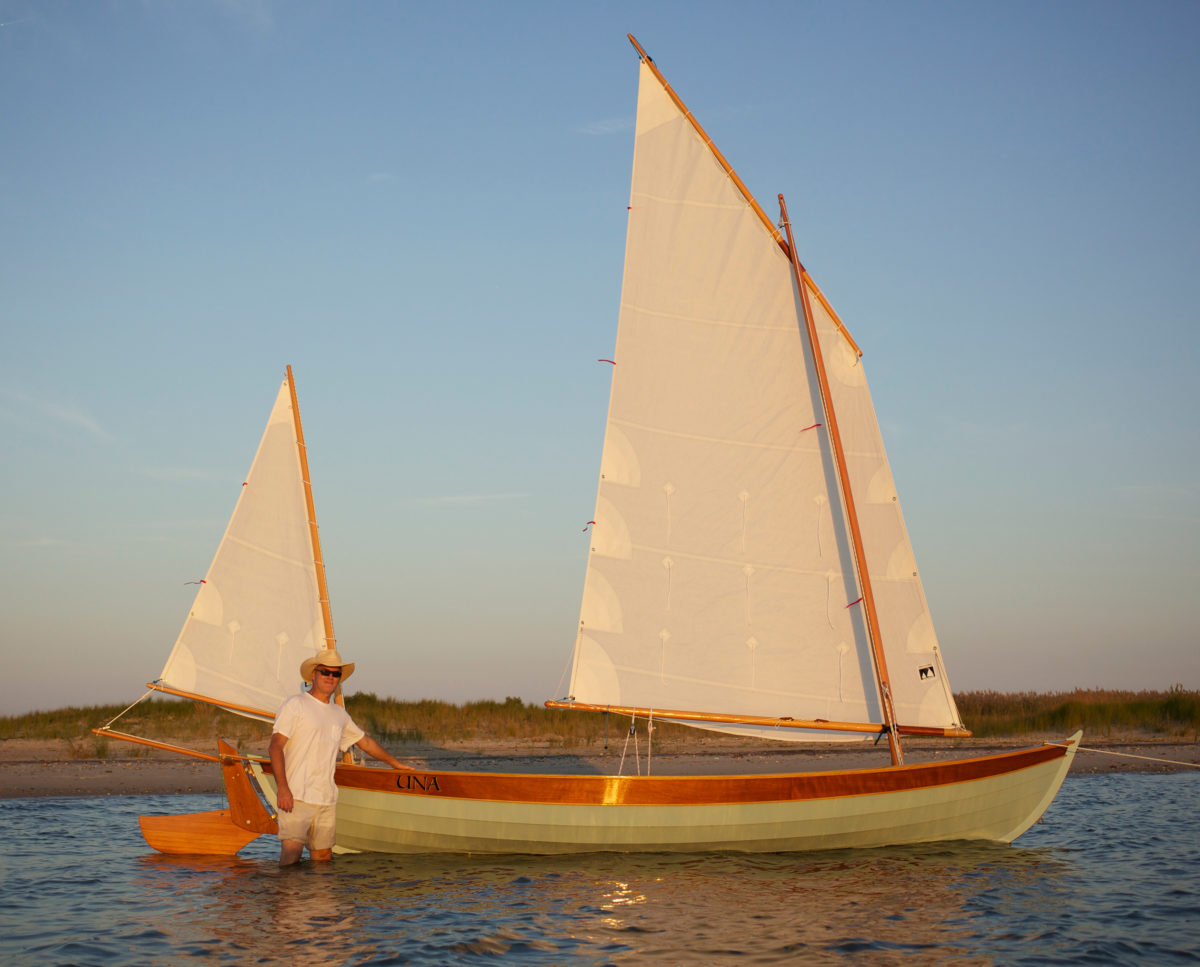
December 2014
An Oughtred Sooty Tern
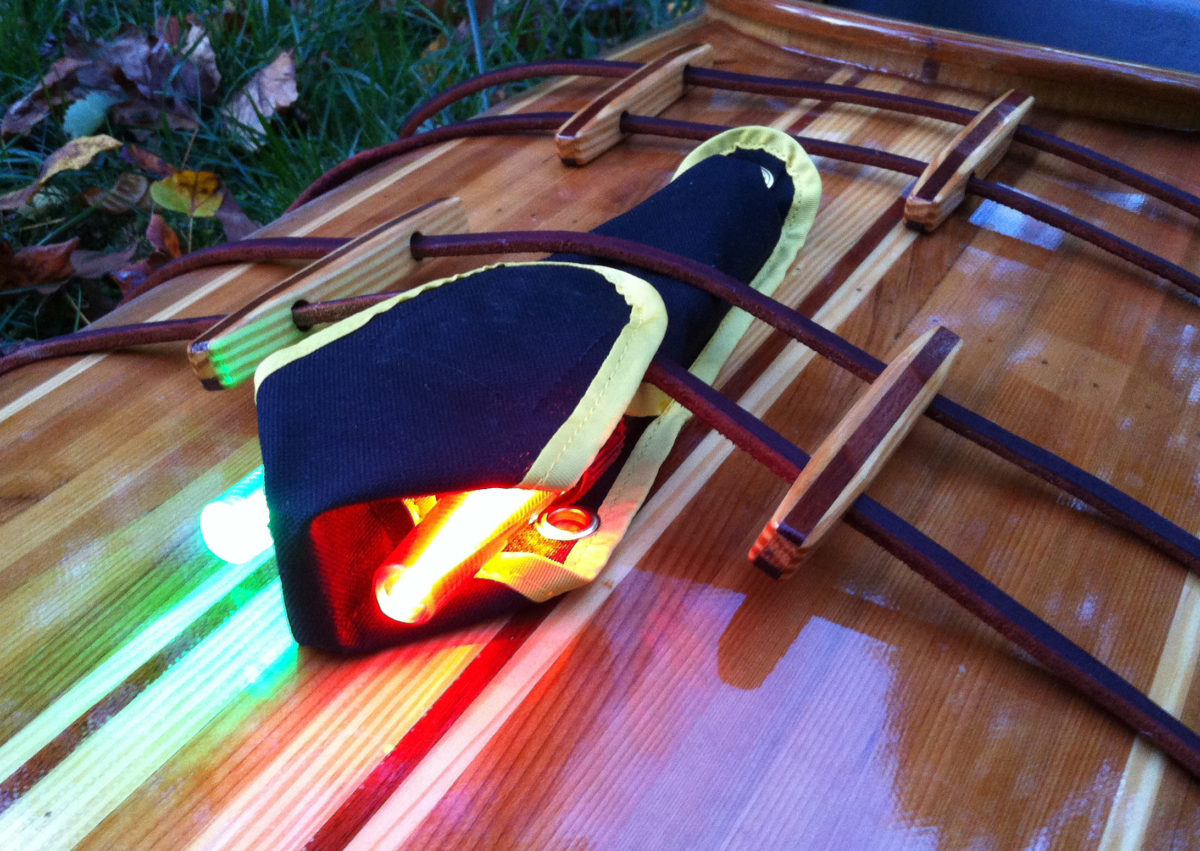
December 2014
Tektite's Navlite and Mark III
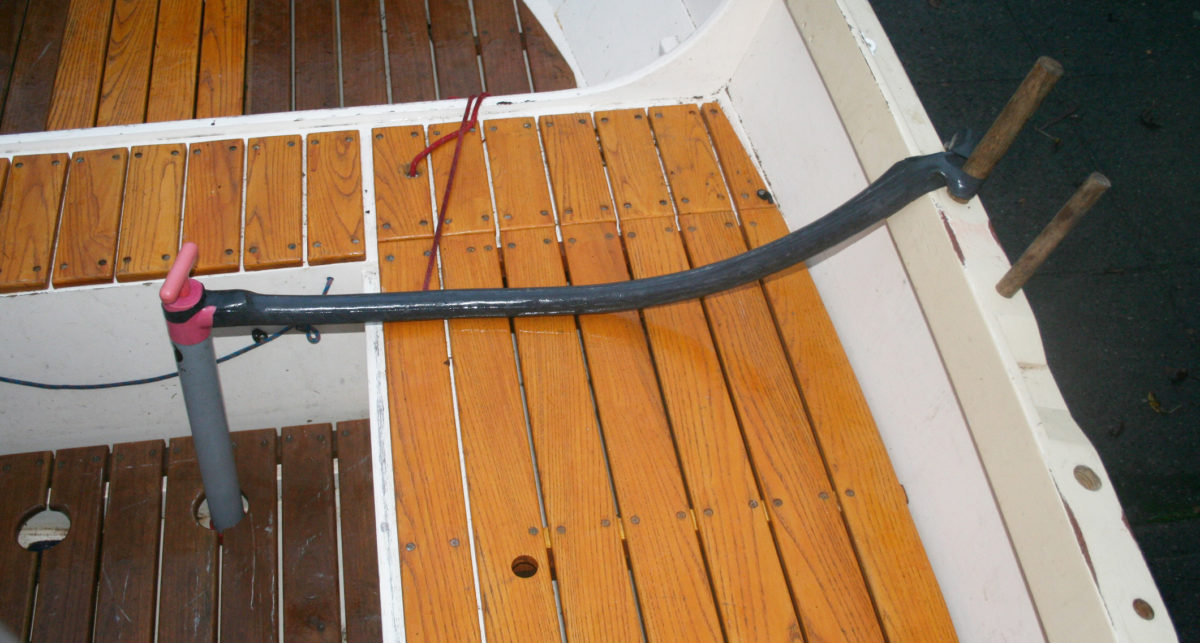
December 2014
Repurposing a bicycle-tire inner tube
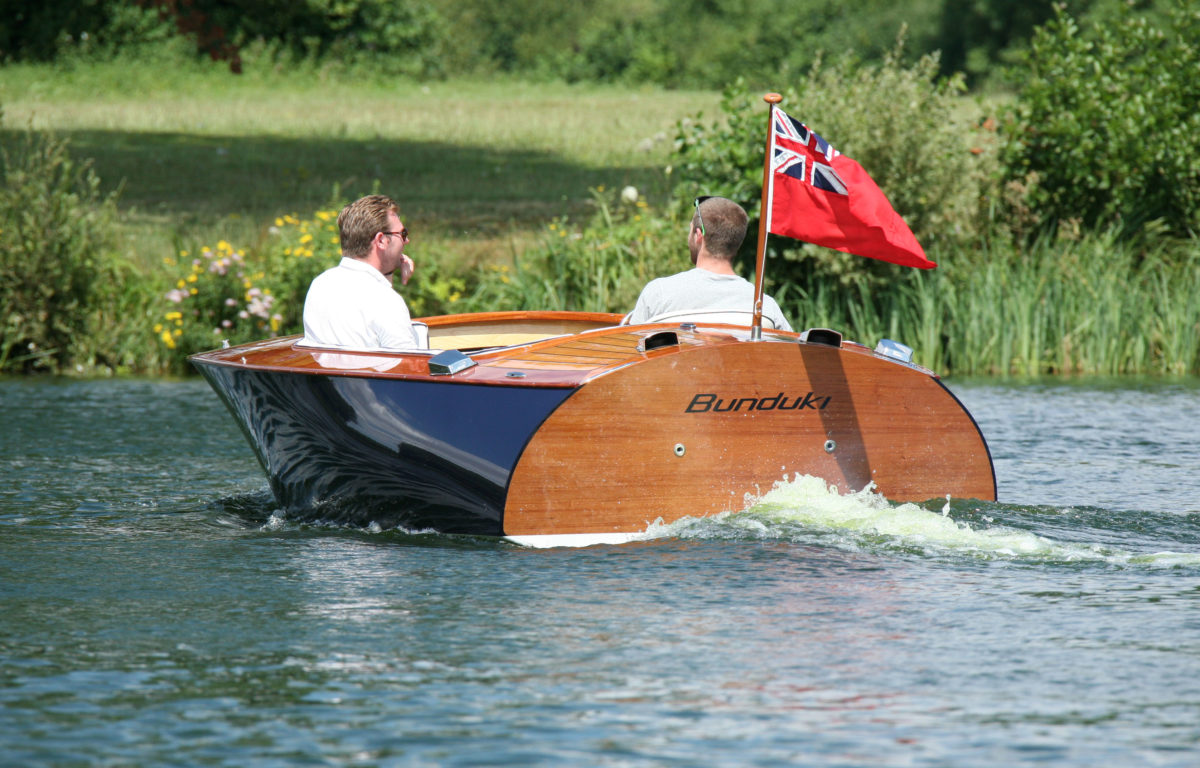
Small Boats Annual 2015December 2014
In the spirit of a classic Donzi
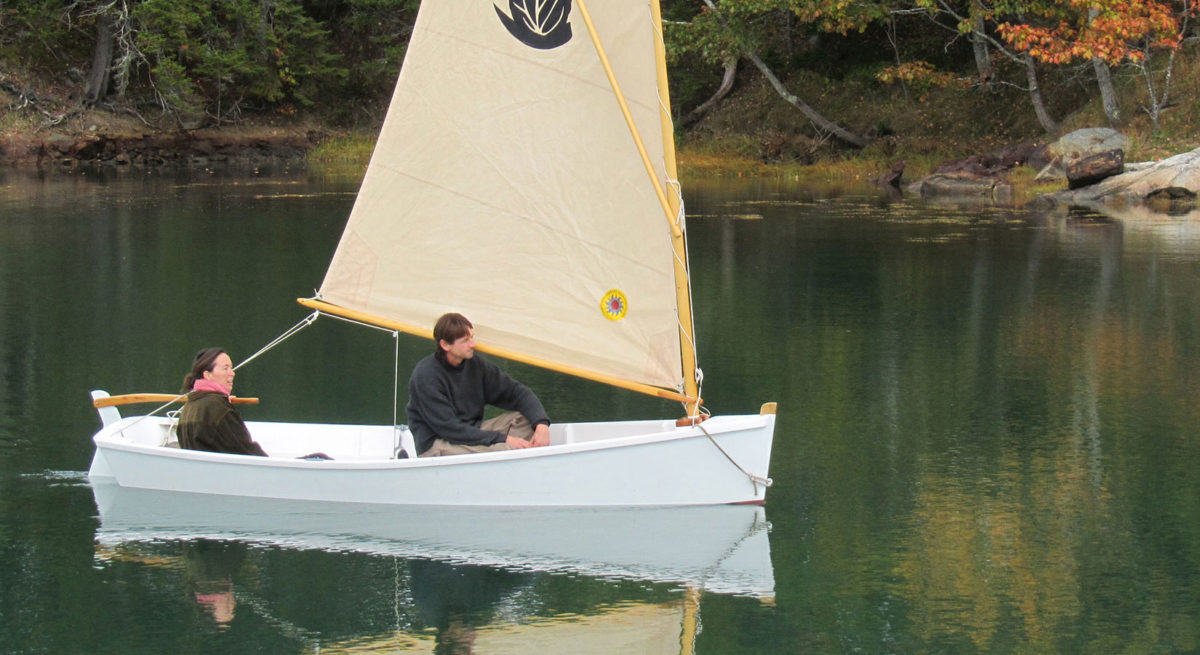
Small Boats Annual 2015December 2014
A study in simplicity
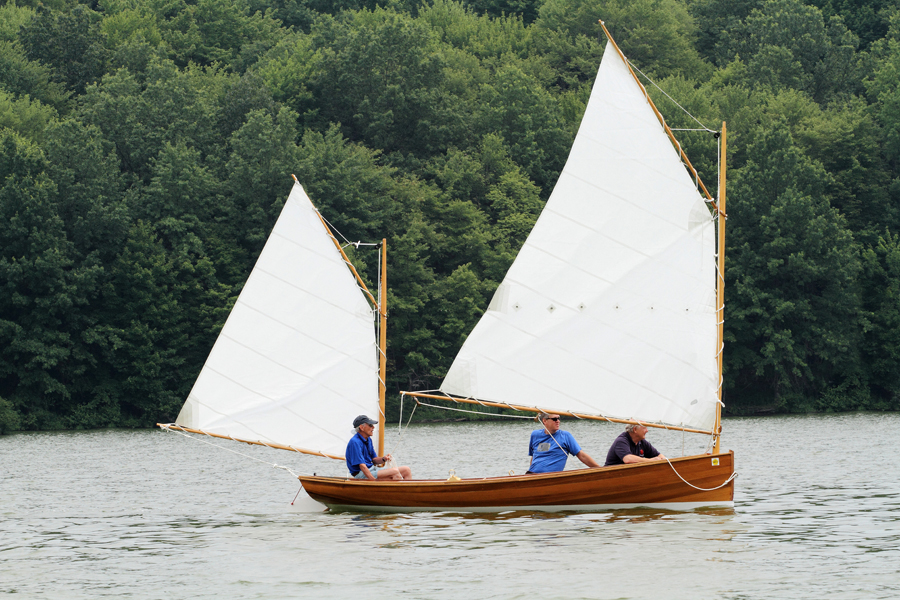
November 2014
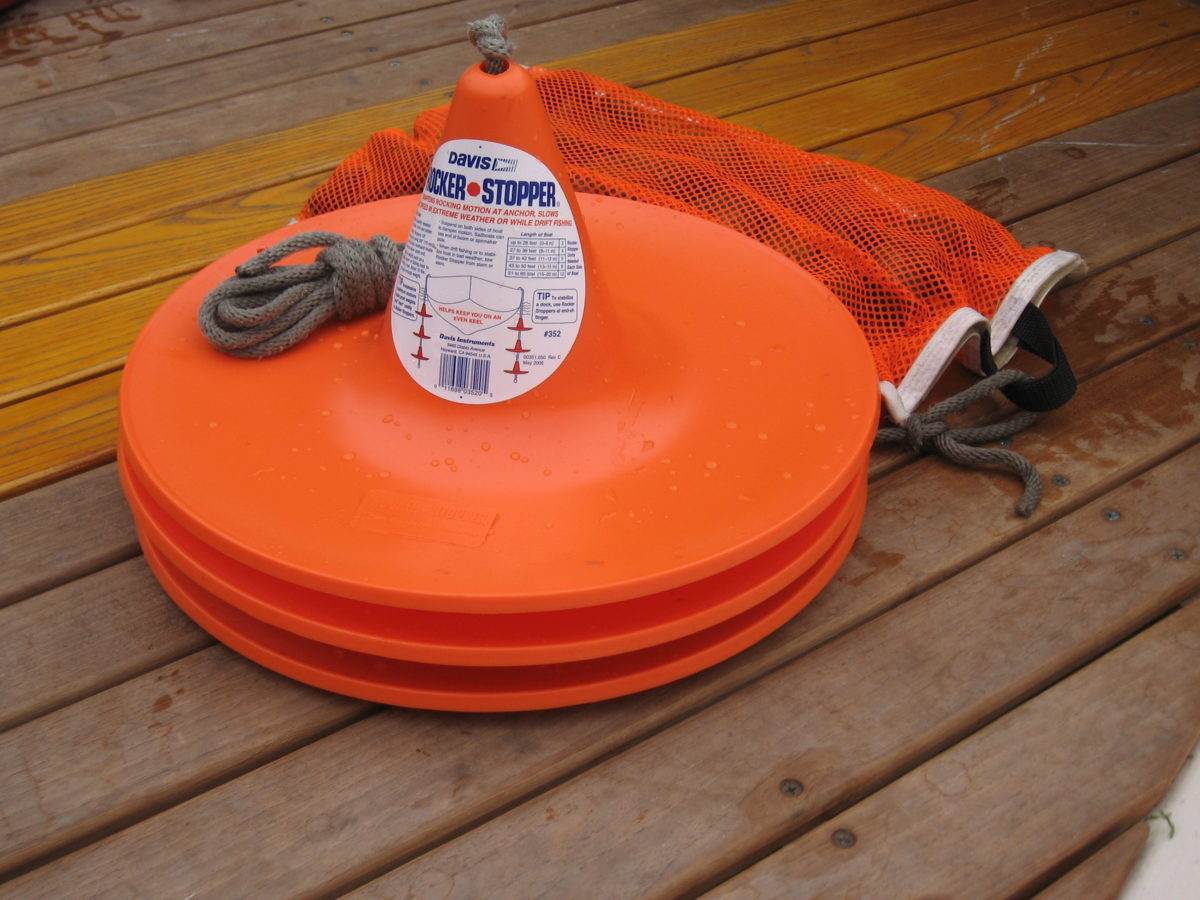
November 2014
If you can't still the waters, steady the boat.
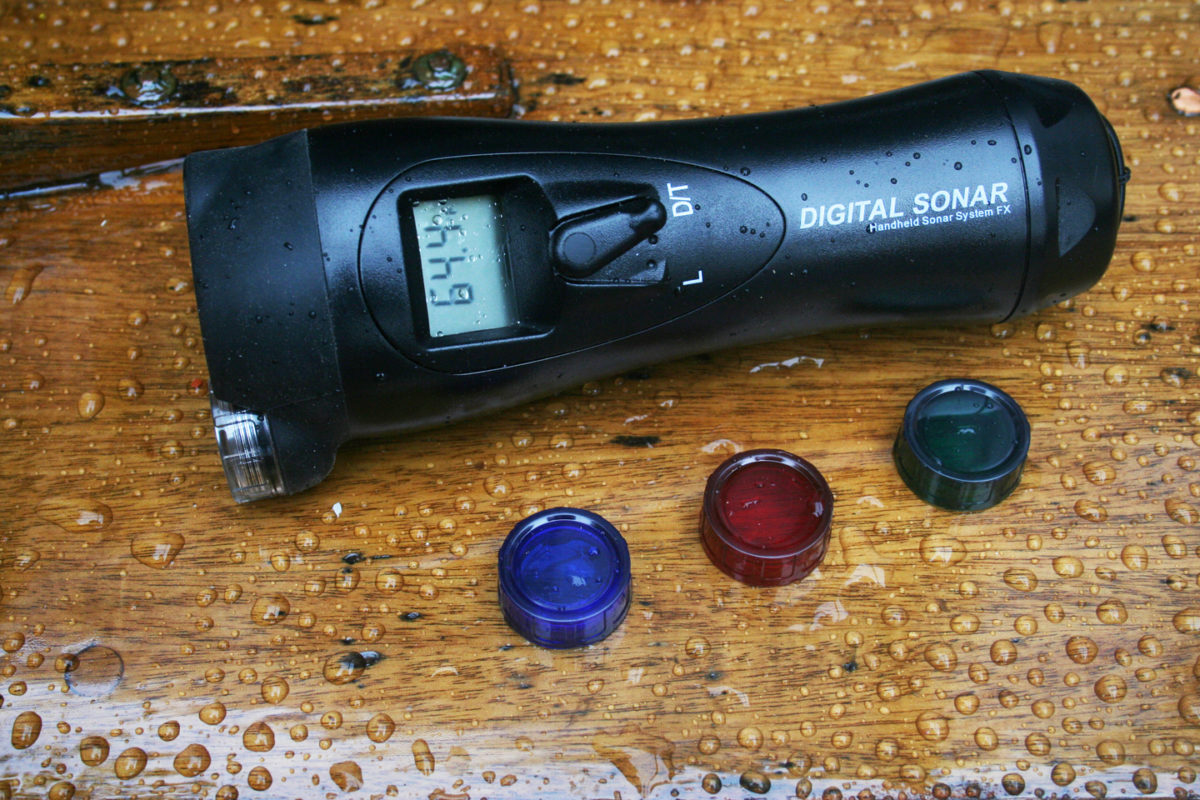
November 2014
A depth finder for small boats
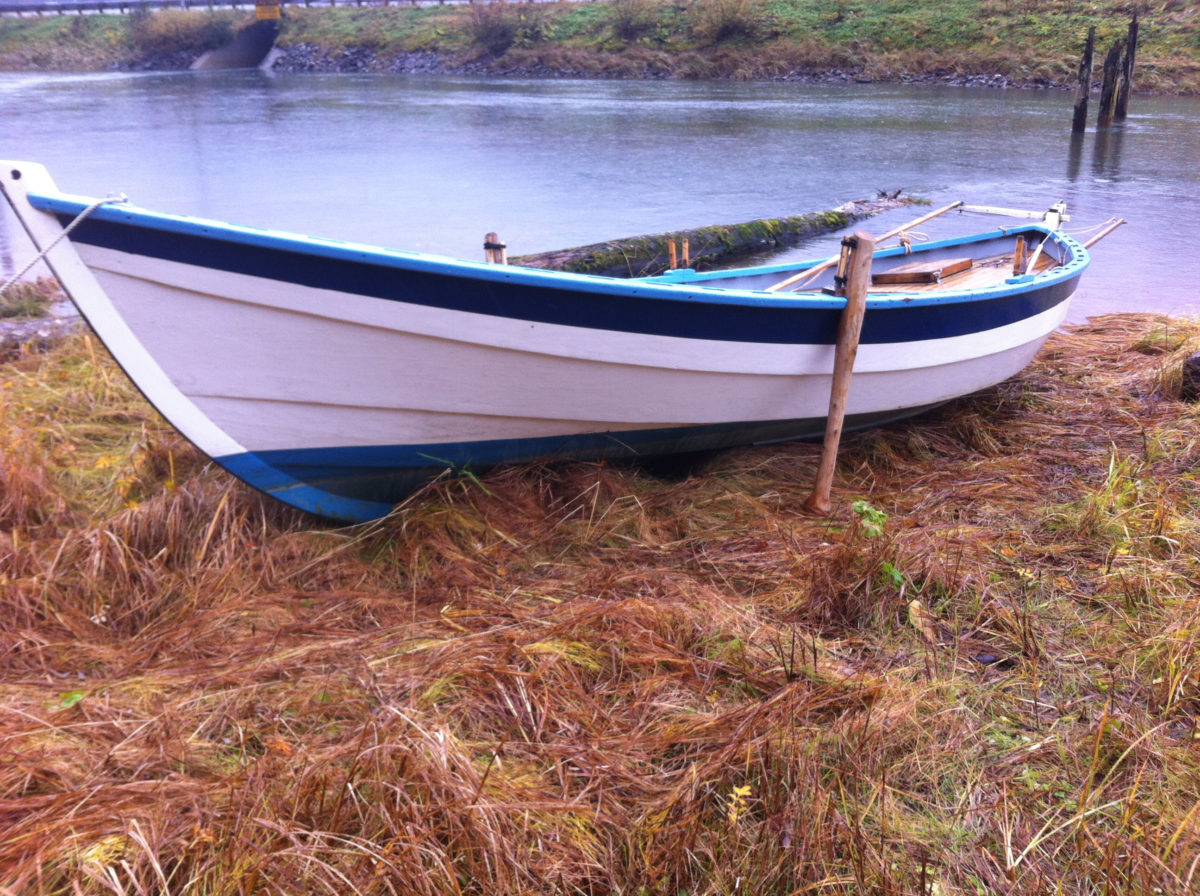
November 2014
A simple way to keep your boat upright
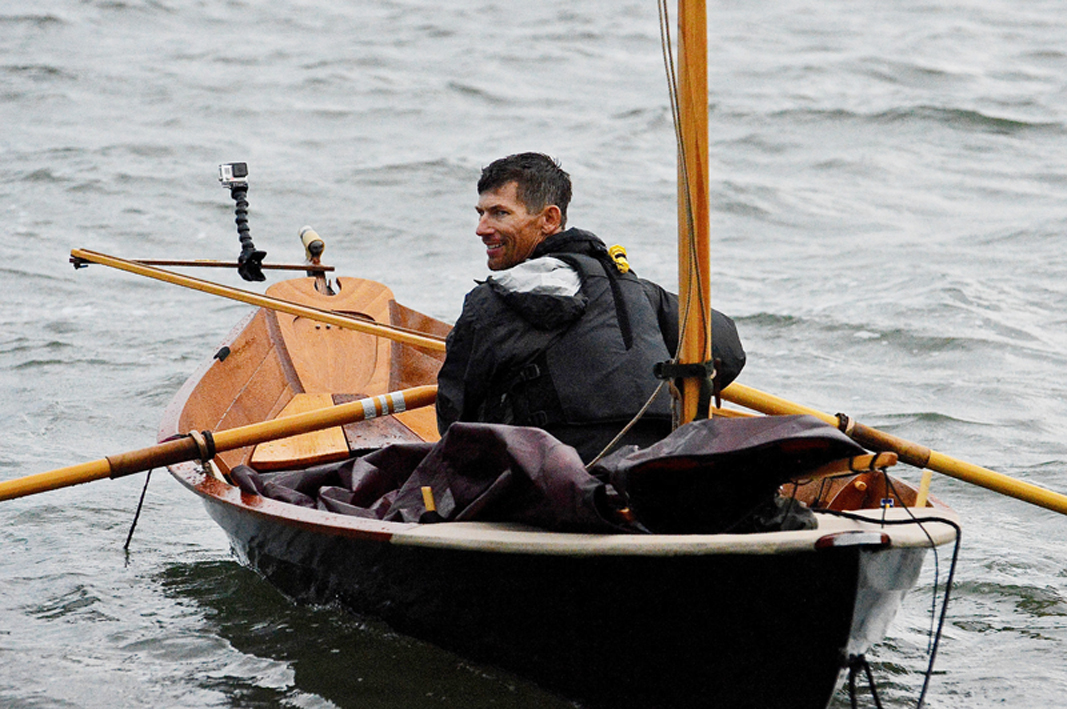
November 2014
A solo sail-and-oar adventure race
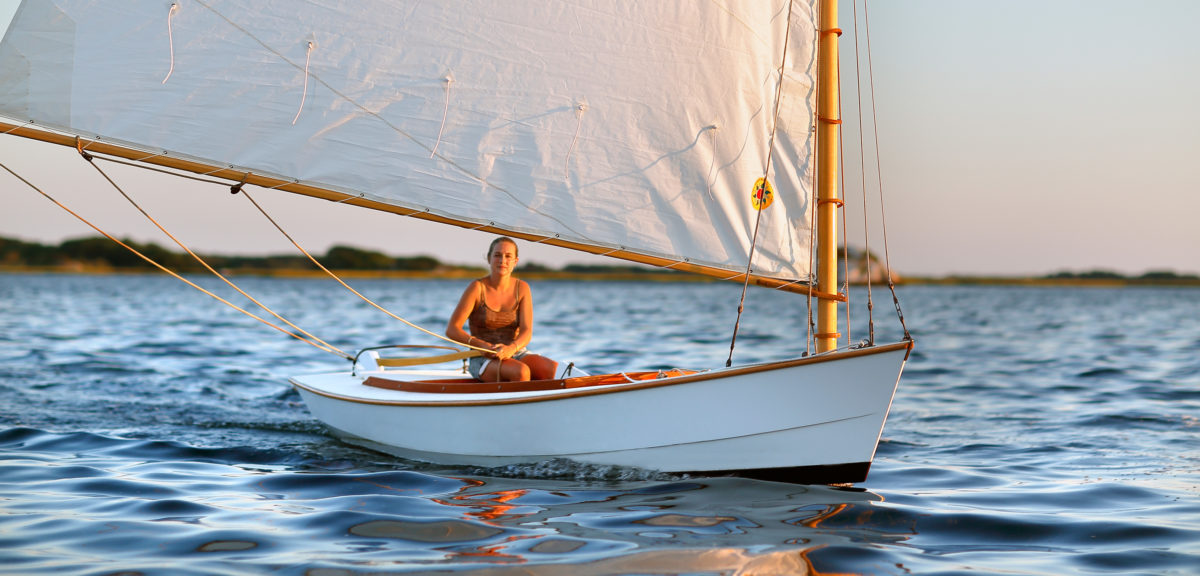
Small Boats Annual 2015November 2014
A 21st-century makeover for an early-20th-century design
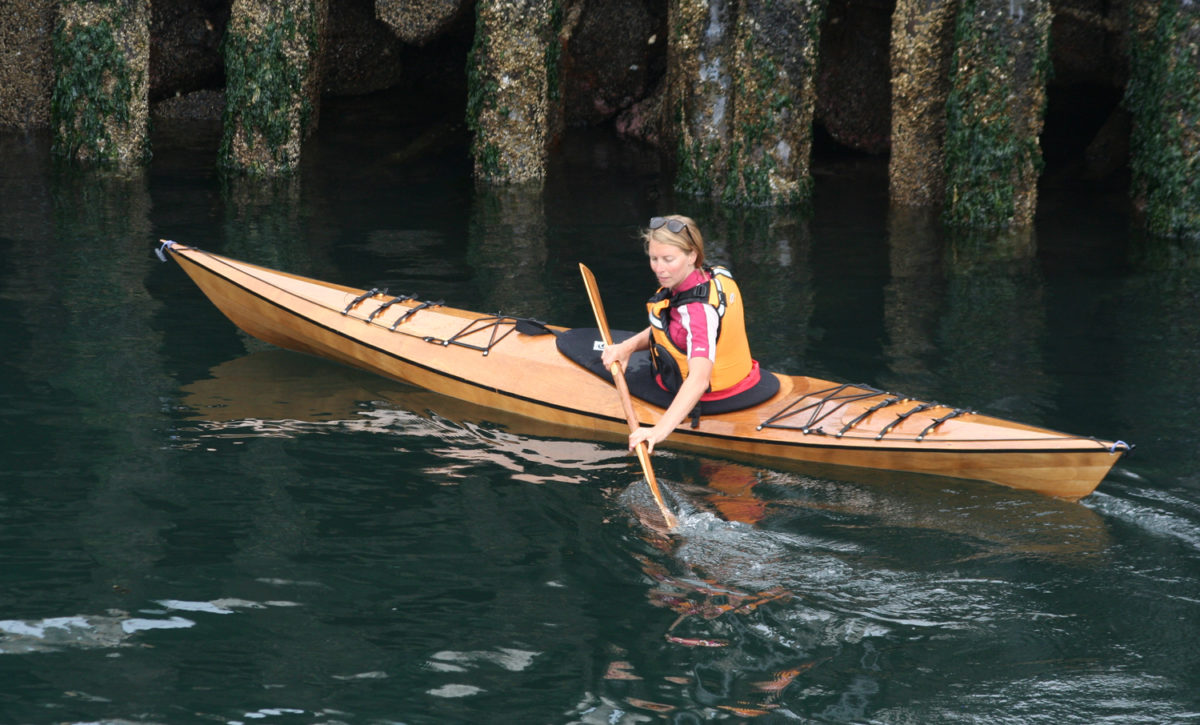
Small Boats Annual 2015November 2014
Two comfortable sea kayaks
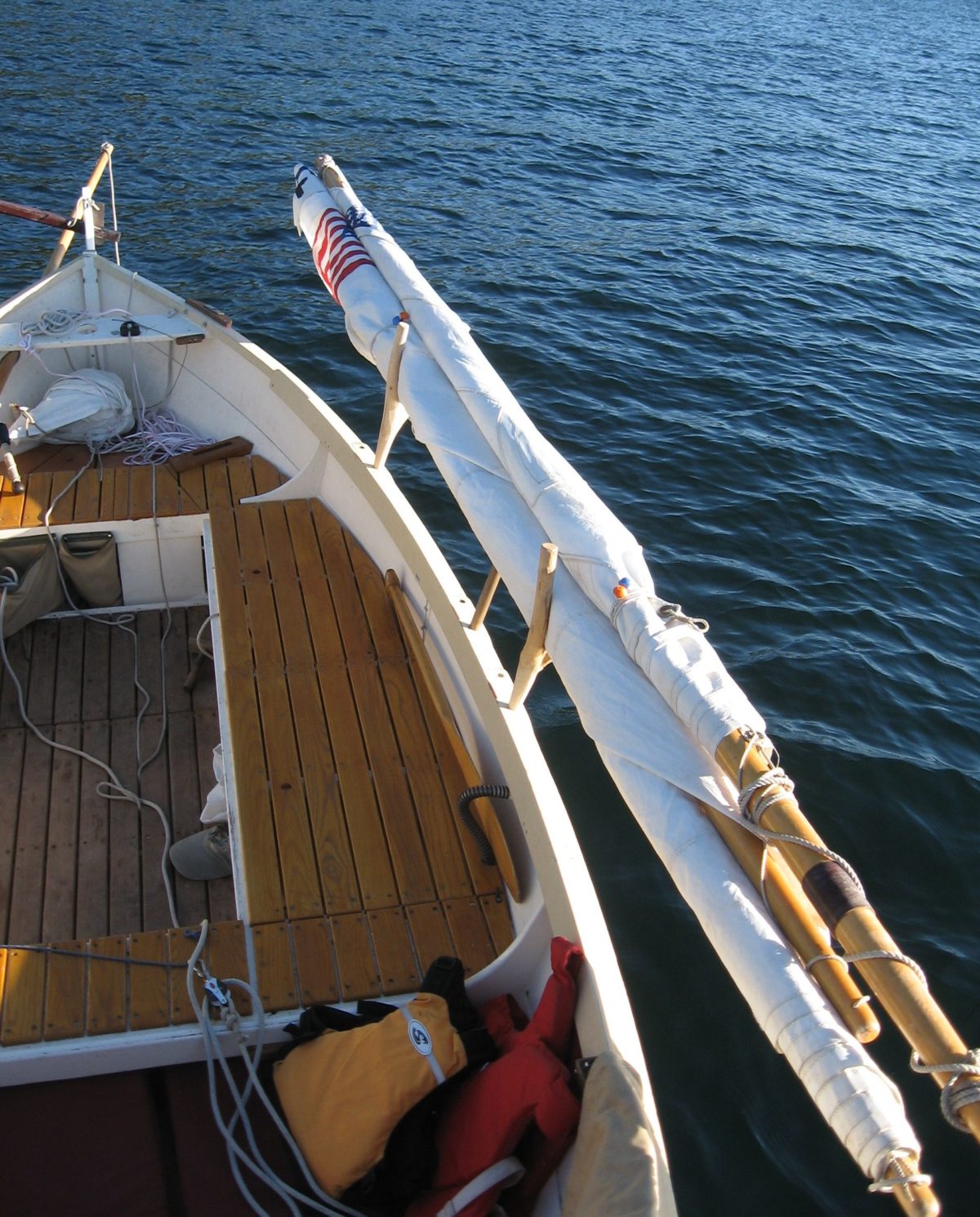
October 2014
Clearing Clutter from the Cockpit
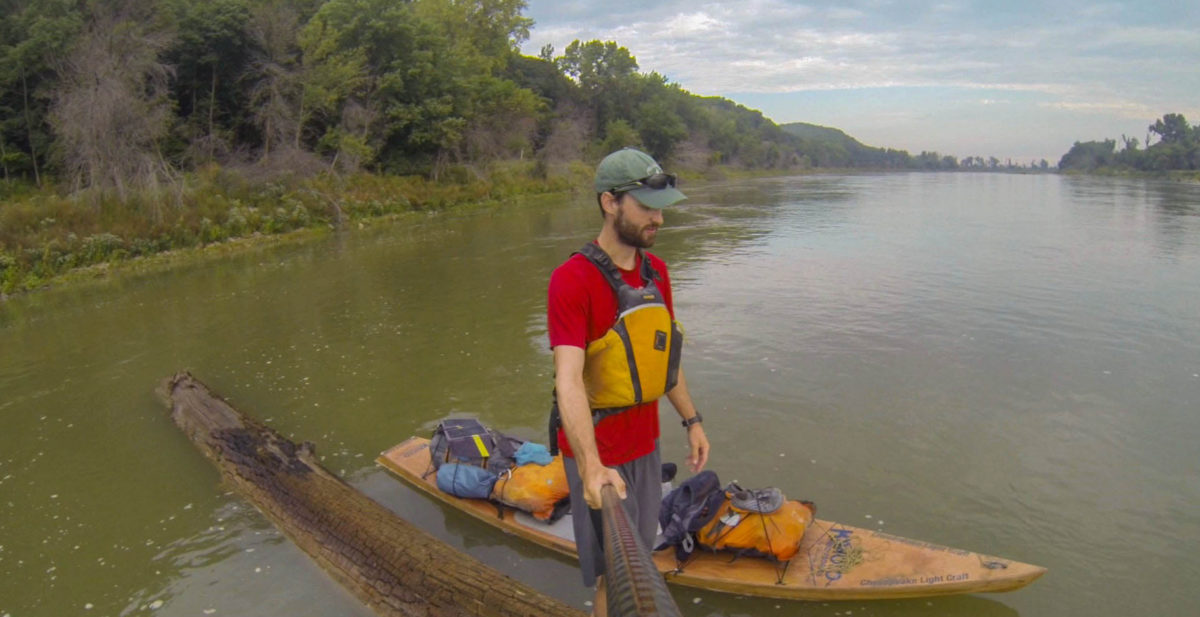
October 2014
2,300 miles on a paddleboard
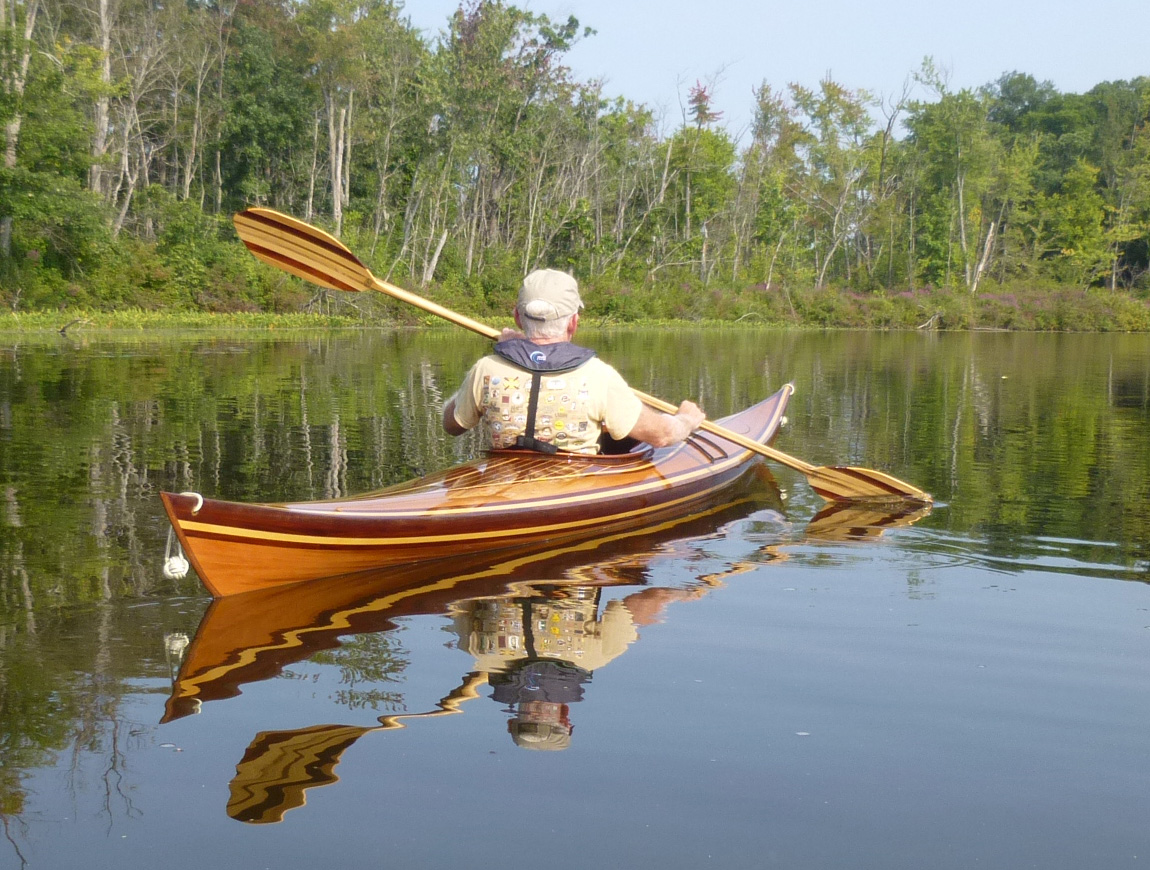
October 2014
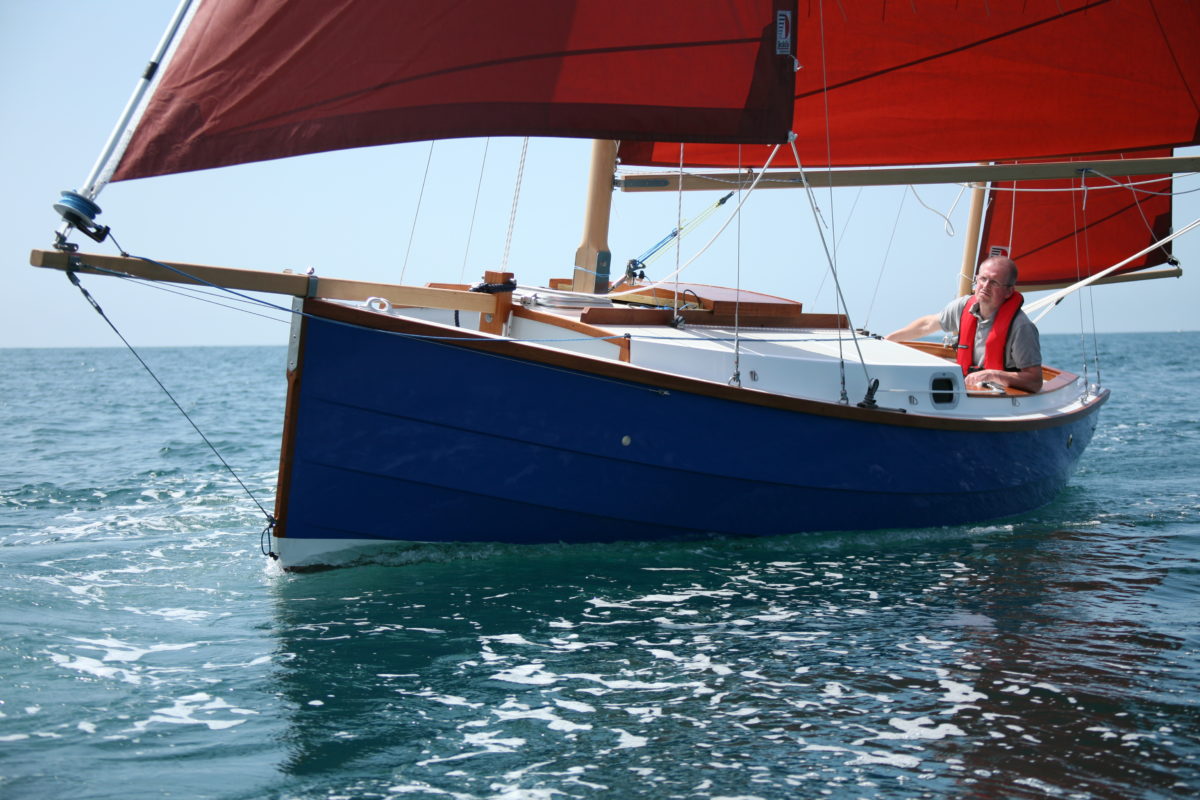
Small Boats Annual 2015October 2014
A daydream turned real
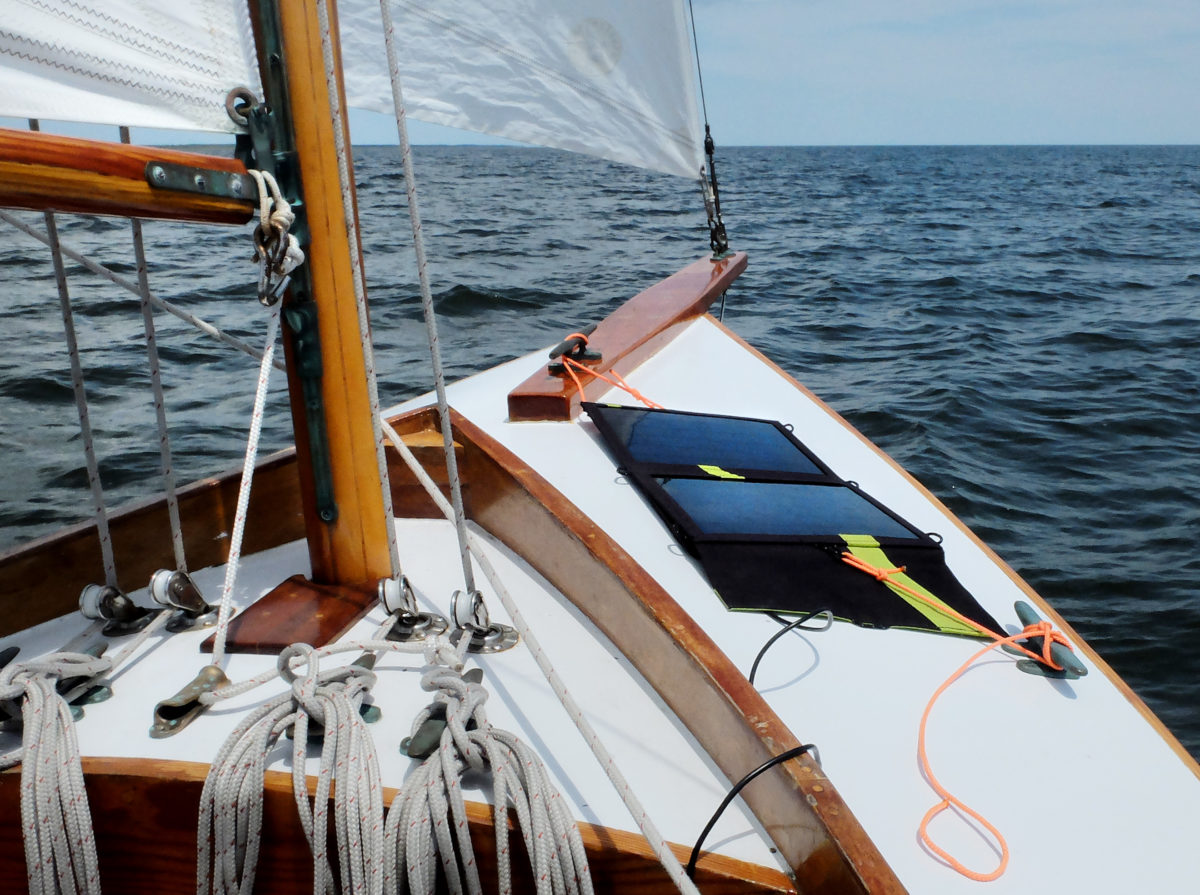
October 2014
Goal Zero's Sherpa 50
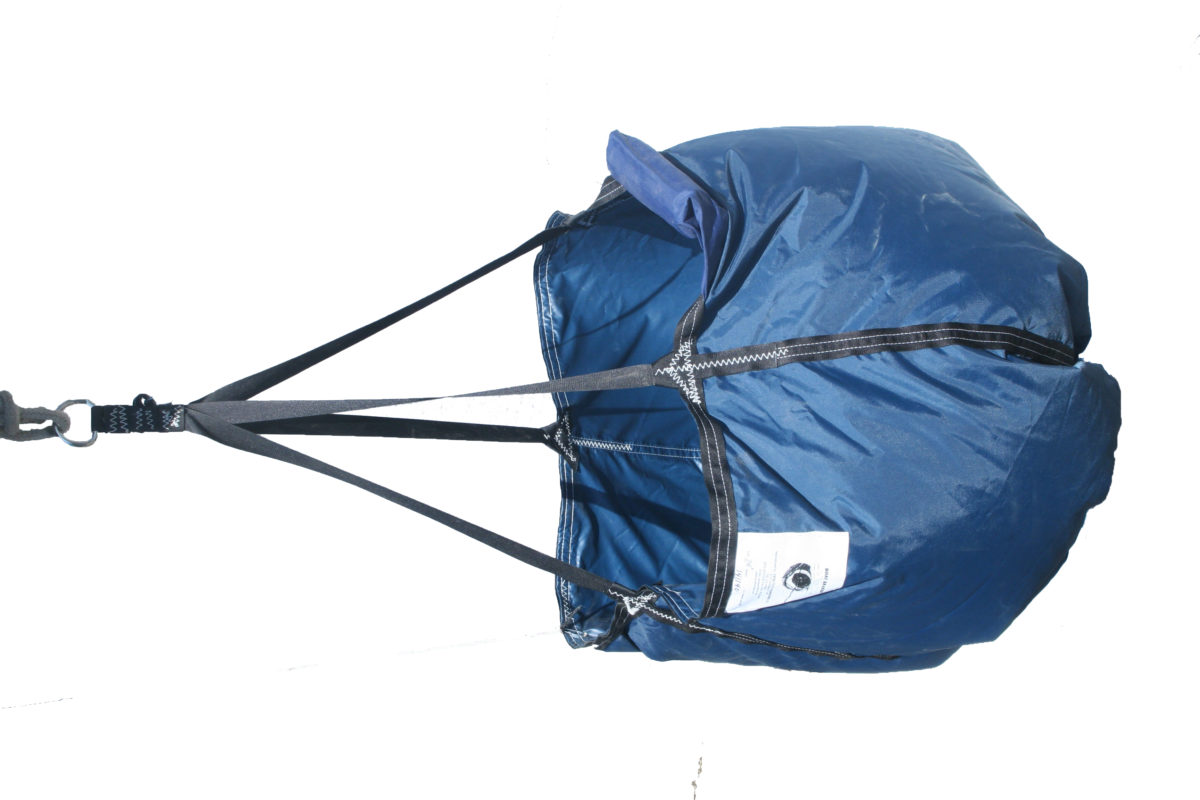
October 2014
Paratech's Boat Brakes
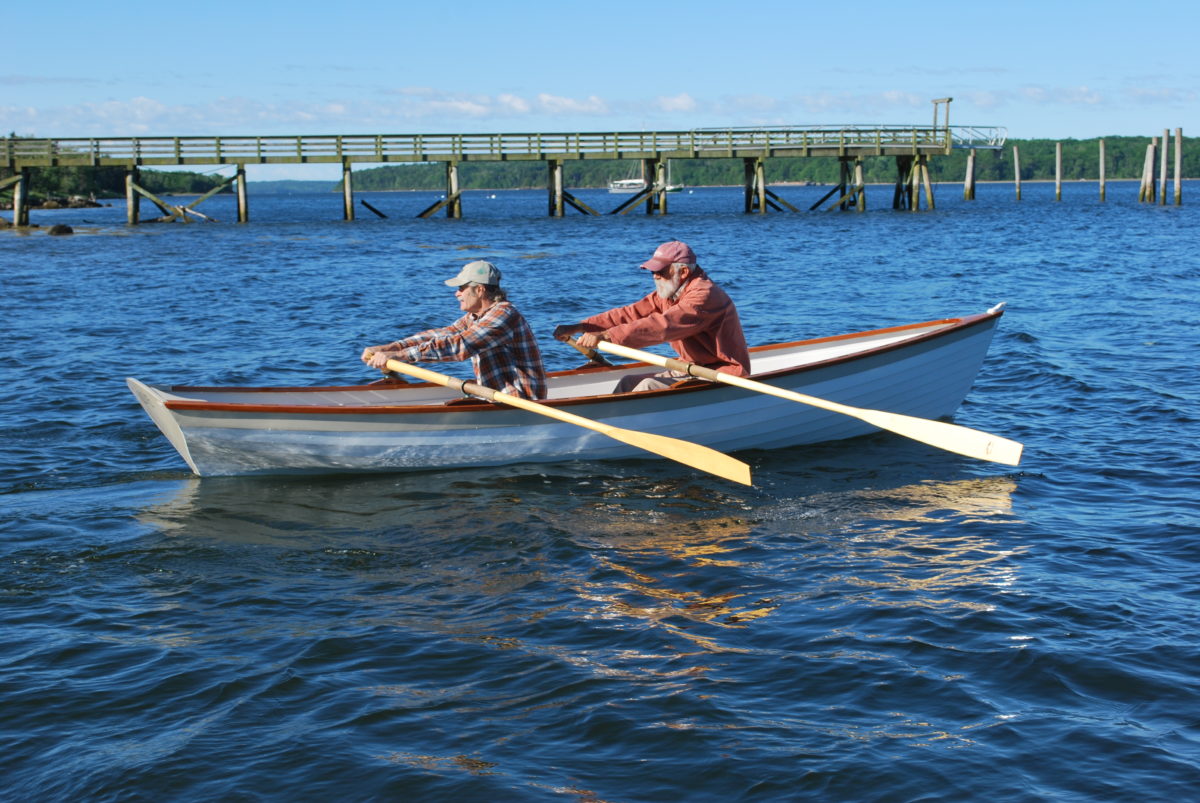
Small Boats Annual 2015October 2014
A nicely mannered rowboat
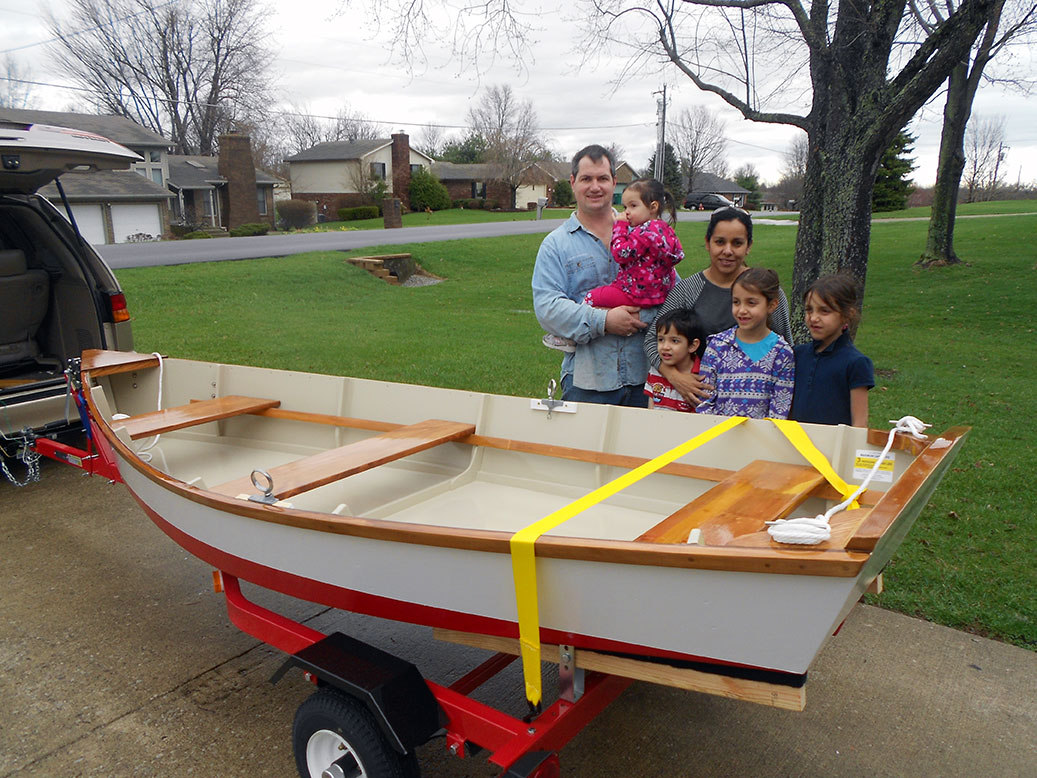
September 2014
A family-built Bevins skiff

September 2014
An aid to beach anchoring